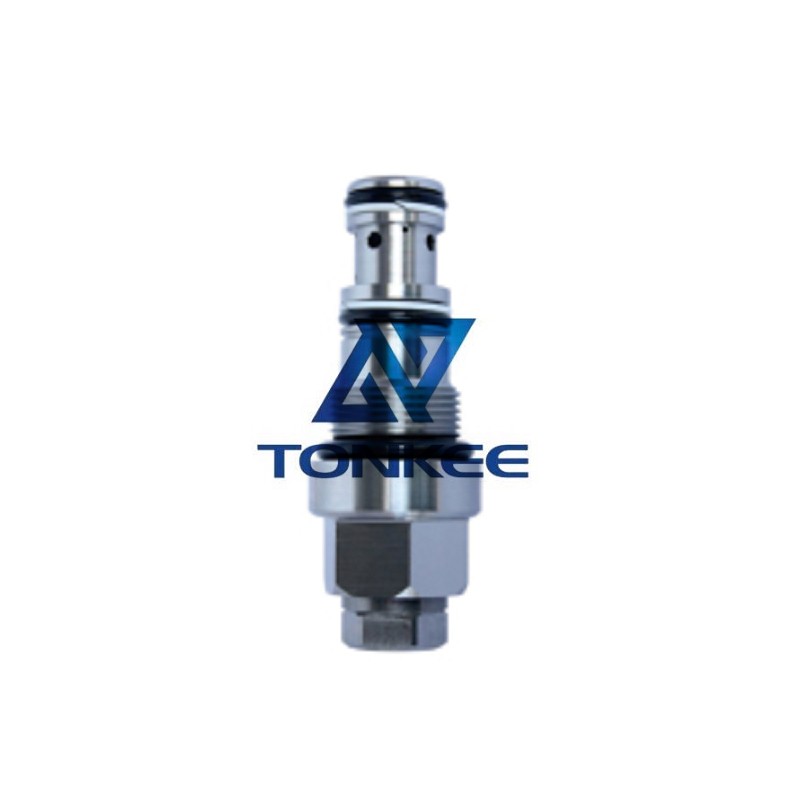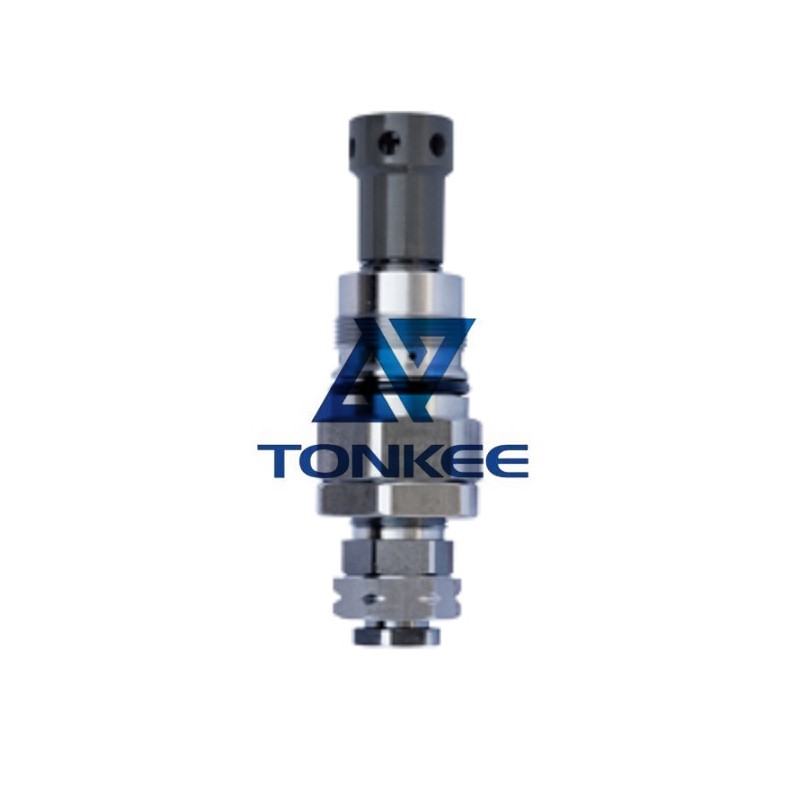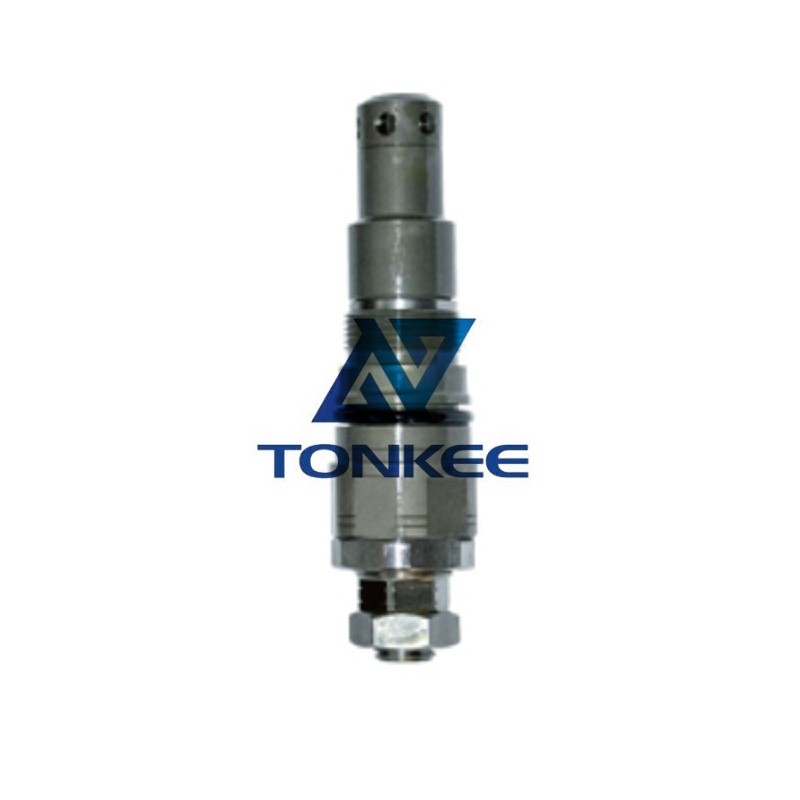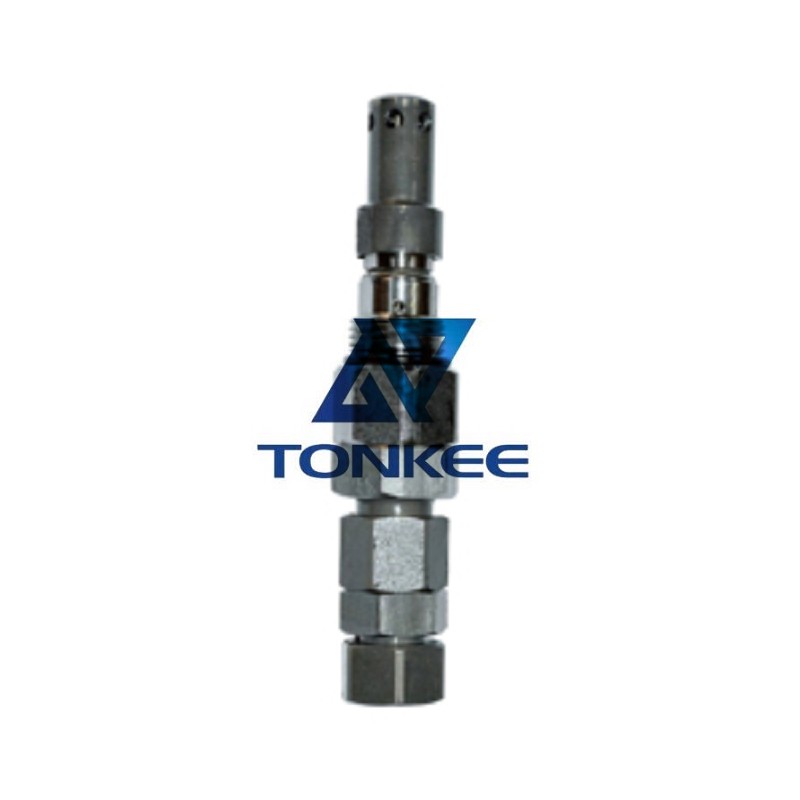
Purpose:
The unloading valve is designed to control the hydraulic pressure by diverting excess fluid back to the hydraulic reservoir when the pressure exceeds the set limit.
This helps protect the hydraulic system from damage and maintains optimal operating conditions.
Pressure Range:
The PC200-7 unloading valve is engineered to operate within a specific pressure range. The exact pressure range may vary depending on the specific model and configuration, but typically, it can handle pressures up to several hundred bar (measured in Pascal or PSI).
Flow Rate:
The valve's flow rate refers to the amount of fluid it can handle within a given time. The PC200-7 unloading valve is designed to accommodate a specific flow rate, usually measured in liters per minute (L/min) or gallons per minute (GPM). The flow rate depends on the hydraulic system's requirements and the specific application.
Valve Type:
The PC200-7 unloading valve is typically a direct-acting relief valve. It consists of a movable valve element, spring, and an adjustable pressure setting mechanism. When the pressure exceeds the set limit, the valve opens, allowing fluid to bypass back to the reservoir.
Construction:
The unloading valve is typically made of high-quality materials such as steel or stainless steel to ensure durability and resistance to corrosion. It is designed to withstand the rigors of heavy-duty applications and harsh operating conditions commonly encountered in construction and excavation environments.
Pressure Setting Adjustment:
The PC200-7 unloading valve usually features an adjustable pressure setting mechanism. This allows the operator or technician to fine-tune the pressure at which the valve opens and diverts fluid. By adjusting the pressure setting, the valve can be tailored to the specific requirements of the hydraulic system.
Installation:
The unloading valve is installed in the hydraulic system, typically in a location where it can monitor the system's pressure accurately. It is connected to the hydraulic circuit using appropriate fittings and seals to ensure leak-free operation.
Maintenance:
Regular maintenance is essential to ensure the proper functioning of the unloading valve.
This may involve periodic inspections, cleaning, and lubrication of the valve components.It is also crucial to follow the manufacturer's guidelines for maintenance intervals and procedures.
Compatibility:
The PC200-7 unloading valve is specifically designed for use in the PC200-7 excavator model manufactured by Komatsu. It is essential to ensure compatibility with the excavator's hydraulic system and consult the manufacturer's documentation for precise specifications and installation guidelines.
Safety Considerations:
Proper functioning of the unloading valve is critical for safe operation of the hydraulic system. It helps prevent pressure buildup, which can cause equipment failure or even accidents. Regular inspection and maintenance of the valve are necessary to avoid potential issues and ensure operator safety.





 English
English português
português Русский язык
Русский язык












